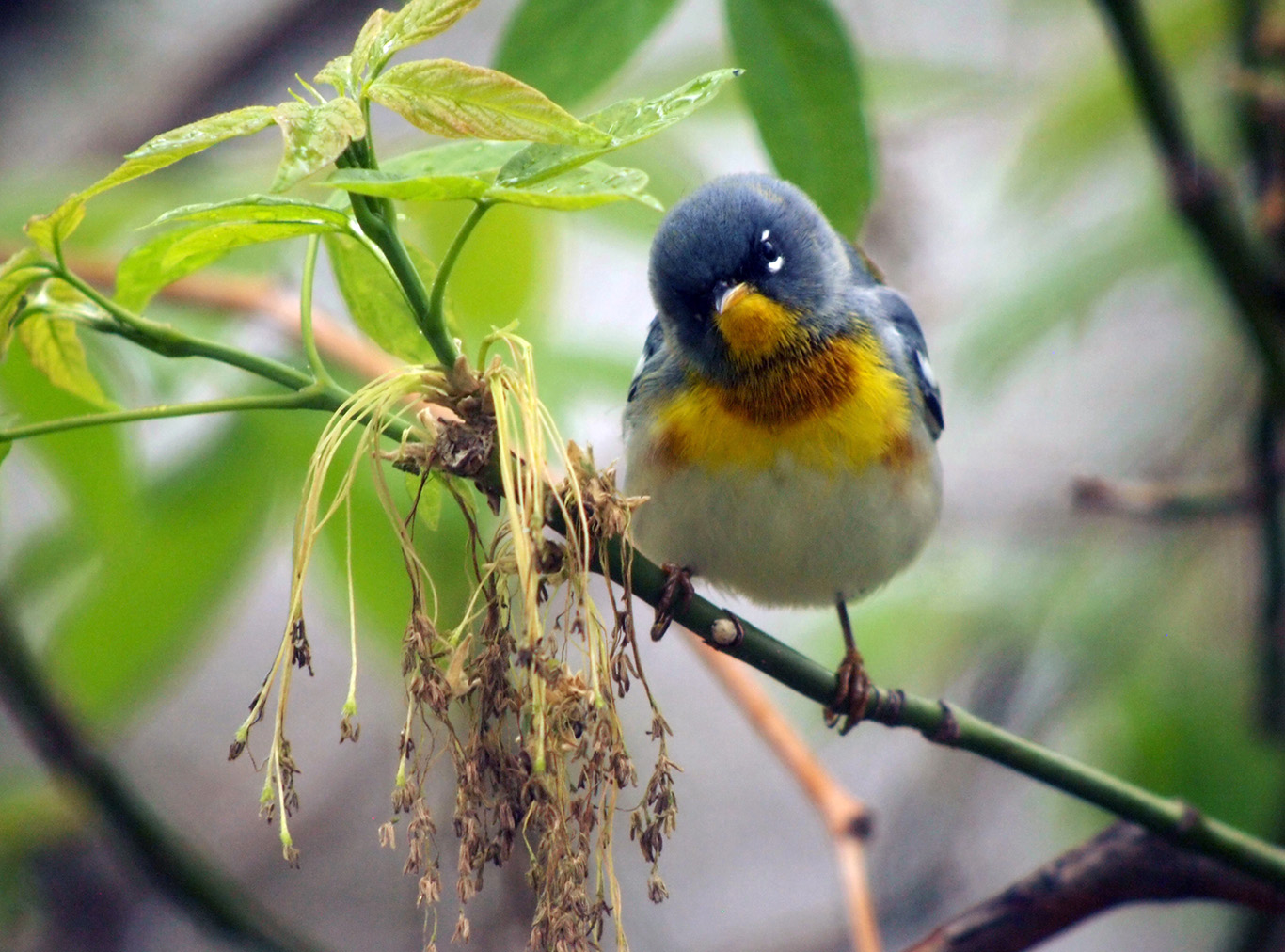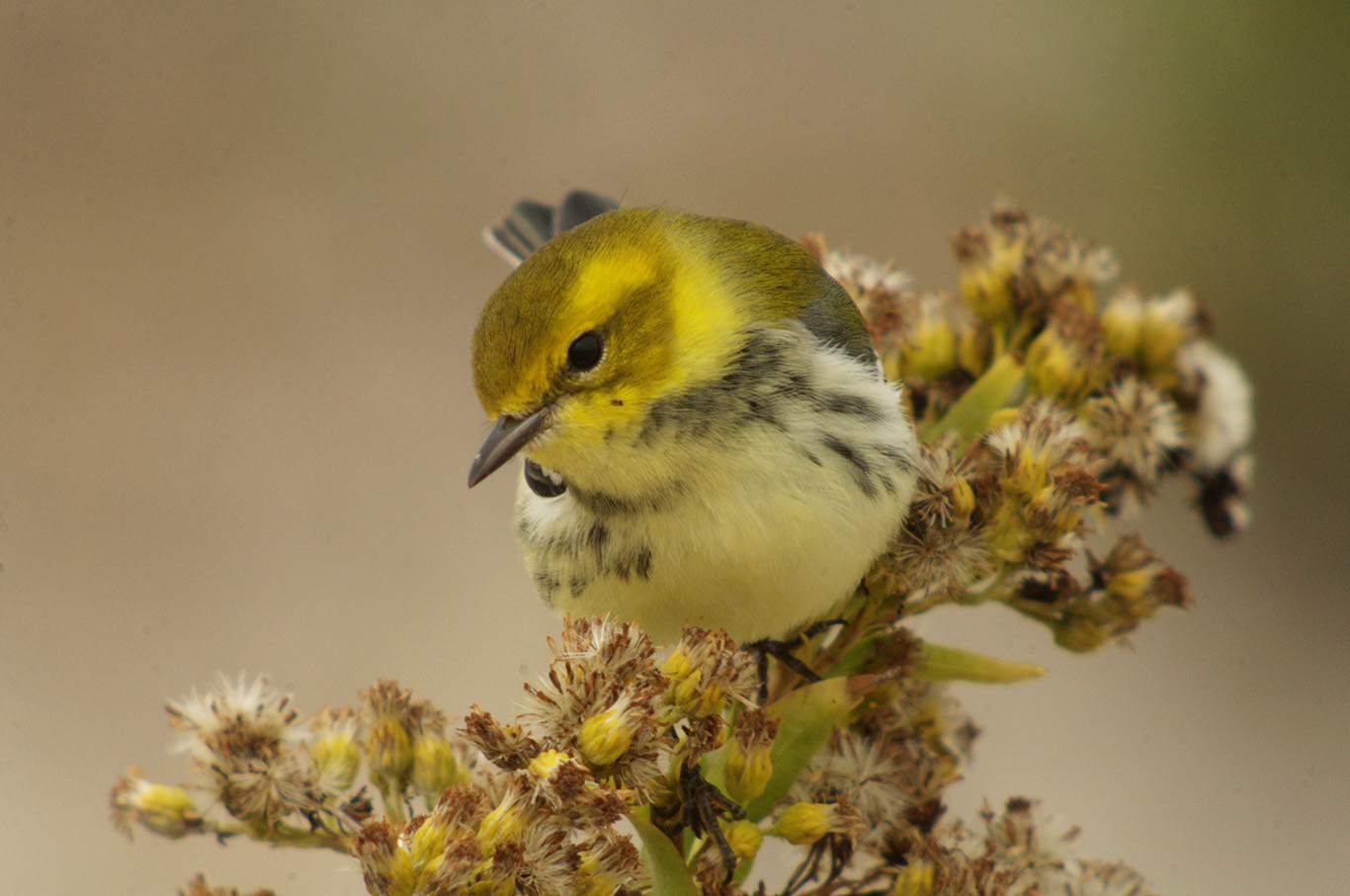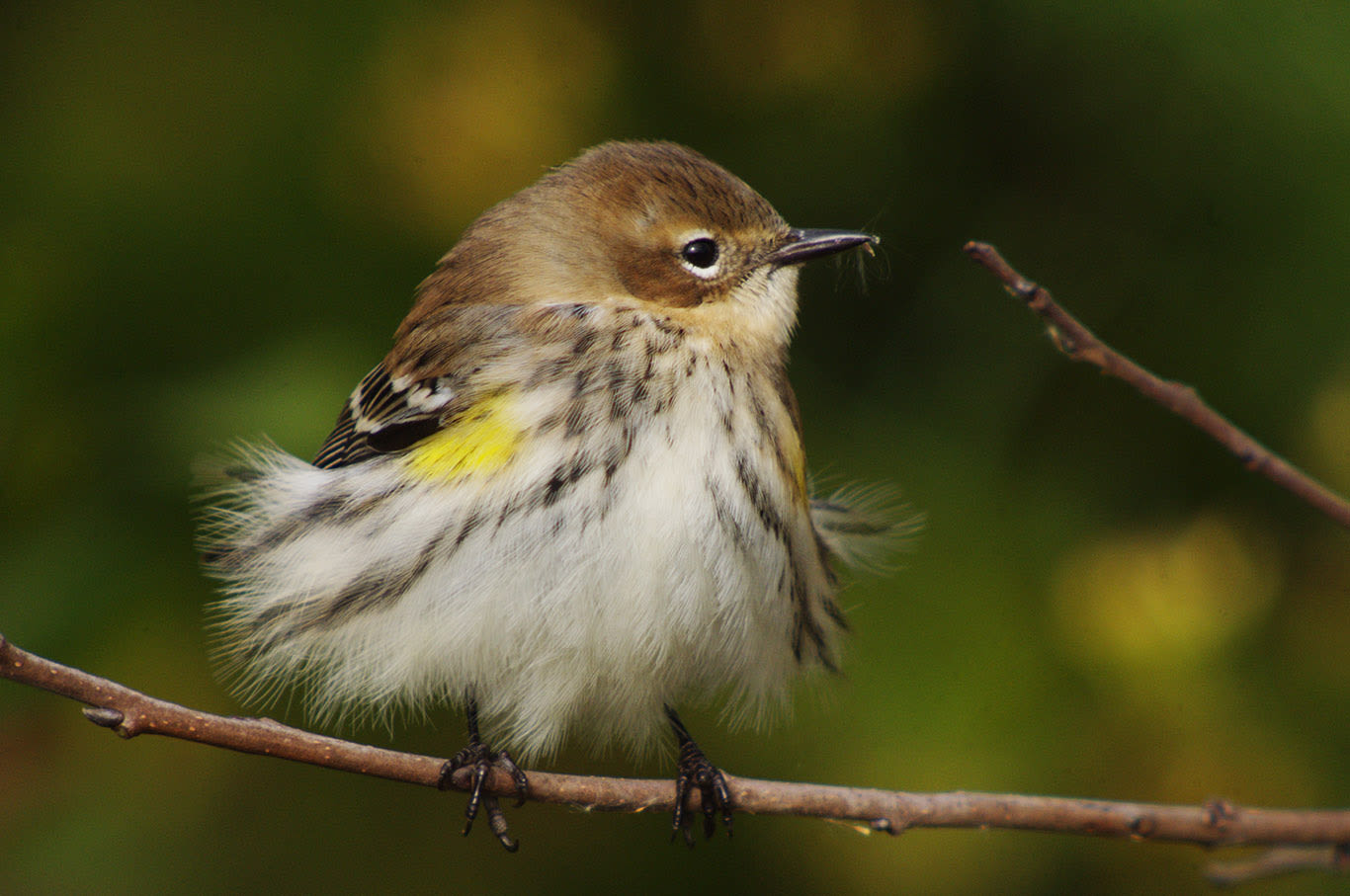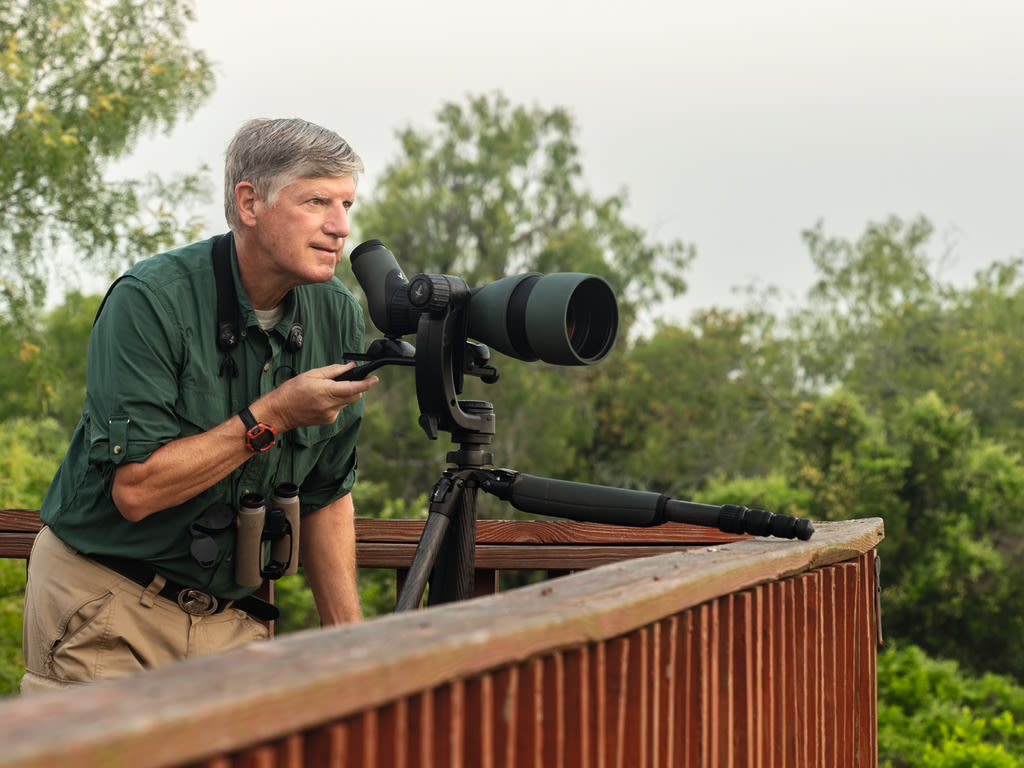Europe and the Old World have families of birds called “warblers”, so named because many of them give warbling territory songs. As a whole, they are usually rather drab in color, so their song was their most noticeable characteristic, hence “warbler”. When the New World was being explored and its natural history categorized, there were found many small, brightly-colored birds that sang musical songs, so these were named “New World Warblers”, or the “Wood Warblers”. Biologically different from the Old World Warblers, they are a favorite group for many birders. Birders from across the world come to see their migrations.





Clay Taylor became a birder in the mid-1970s, both watching and photographing birds in the Northeastern United States. One of his highlights of spring migration at that time was the passage of the Wood Warblers, many of which wintered in Central and South America and nested in Canada. They were fascinating to watch and challenging to photograph.
Today, 45 years later, he still enjoys photographing the warblers, using a Swarovski Optik spotting scope and a DSLR camera. Clay likes to take images where you see the personality of the birds, acting and reacting to the real world, taken in true field conditions – no photo blinds with water drips, or background manipulations.













